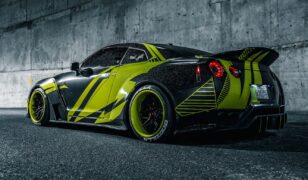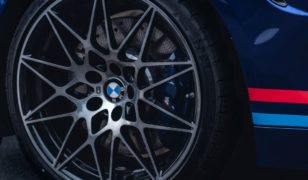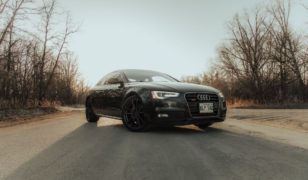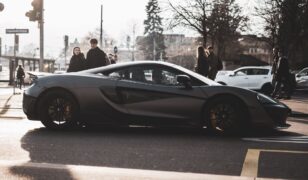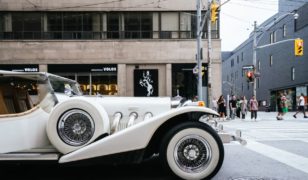Jaguar Says This Technology Will Make Us Trust Autonomous Cars
With A Flicker Of Light, Autonomous Cars Will Tell You Their Intentions
As innovation unto autonomous driving grows bolder, some developers are working at a faster speed than others and even looking at things from rather different points of view. Jaguar Land Rover has developed technology for self-driving cars that shows pedestrians and other road users in which direction the vehicles are heading.
This is done by projecting rows of parallel bars onto the road surface and people near the vehicles will get a heads-up on its intentions. Its speed is indicated by the gaps between the projected bars, which increase in line as it gets faster, and narrow when it’s slowing down or coming to a stop.
The bars fan out to indicate when the car is about to make a left or right turn. A team of advanced engineers working in Jaguar Land Rover’s Future Mobility division, carried out the trials in conjunction with cognitive psychologists.
This development was informed by studies showing that 41 percent of drivers and pedestrians are worried about sharing the road with autonomous vehicles*. The innovative system was tested on a fabricated street scene at a Coventry, UK facility with engineers recording trust levels reported by pedestrians both with and without projections.

The trust trial program – which also included fitting of ‘virtual eyes’ to the intelligent pods in 2018 to see if making eye contact improved trust in the technology – was conducted as part of Jaguar Land Rover’s government-supported UK Autodrive project.
Pete Bennet, Future Mobility Research Manager Jaguar Land Rover said, “The trials are about understanding how much information a self-driving vehicle should share with a pedestrian to gain their trust.”
Adding that since humans have to learn how to trust new technology, “pedestrians must have confidence they can cross the road safely.” This pioneering research is forming the basis of ongoing development into how self-driving cars.
It comes at an important time when a lot of thought is going into shaping the future of autonomous driving.







